I love my pets, and anyone who has pets of their own no doubt shares my feelings. Those of us who are allergy sufferers, though, certainly feel the frustration of the constant sniffles, stuffy noses, and parched airways. Pet allergies can be annoying, but they’re so much worse in winter. Why is that, and what can you do to alleviate them?
Why Pet Allergies Worsen in Winter
There are a lot of factors that go into the winter flare-ups, and they all compound on one another.
First of all, you need to understand what you’re actually allergic to is not the animal itself or the fur. The actual allergens related to pets are typically elements found in urine, saliva, and dander. These particles can collect in the fur of the animal, though. This is why cat allergies are more common than dog allergies; cats groom themselves using their tongues, spreading allergens throughout their coats, while dogs don’t tend to do the same.
Allergens aren’t just on pets; they get into the dust in the air, onto clothing, and onto people. When you pet your animal, or when you clean your house, vacuum, or groom your pet, allergens are kicked up into the air, where they can hang suspended for a surprisingly long time.
You’re probably beginning to see why such allergies can be worse in the winter.
1. Your home is typically closed up against colder weather, which seals in stale air and prevents fresh air from cleaning out the internal air. You don’t have the benefit of fresh warm air from outside, so you’re stuck breathing the recycled air that goes through your ducts and lingers in your home. It’s difficult to comfortably air out a home in winter, because it just gets unpleasantly cold. Running a furnace to counteract open windows puts excess strain on the furnace and, in addition to running up heating bills, can cut the operational lifetime of your heater.
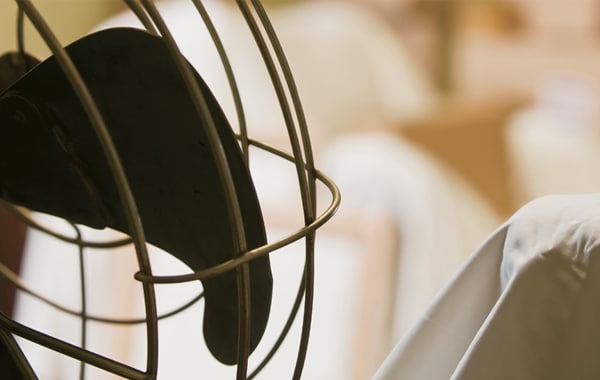
2. Less time spent outside means more time spent inside, with all the exposure to allergens that implies. The great outdoors is worth more than just a trip to the store in the winter. Fresh air, sunlight, and a change of scenery all do you wonders. When you’re cooped up inside, you’re constantly exposed to allergens, both old and new. Even if you haven’t had a pet in the house in years, old dander in the ducts can blow up and circulate, causing allergies in winter that you don’t normally experience.
3. You’re not the only one spending more time indoors; your pets are indoors more often, leading to more allergens accumulated inside. When you take a dog for a walk you leave allergens outside, allergens that would normally end up inside your home. Cats aren’t as frequently let outside or taken for walks – though it does happen – which contributes to the higher incidence of cat allergies. Plus, pets cooped up inside have a higher chance of, well, “accidents.” Remember, dander isn’t the only source of allergens.
4. Harsher weather and less sunlight contributed to weaker immune systems, which overreact to allergens and worsen reactions. Your mood isn’t the only thing dampened by a lack of sunlight in the winter. Fewer vitamins, less sleep, less sunlight, less fresh fruits and vegetables; they all serve to make your body a little less healthy, a little more frail, and a little more susceptible to all manner of ailments, including colds, flus, and allergies.
5. Many pets grow winter coats. Thicker fur means more allergens trapped, and more allergen-coated fur to spread around the house. Winter coats are thicker than summer coats, to help keep your pet warmer during colder weather. Some animals have it worse than others, of course.
6. In colder areas, furnaces kick on for the first time in months, which stirs up a lot of accumulated allergens. It also keeps them circulating along with the comforting warm air that’s so necessary to keep safe in winter. It’s quite difficult to clean out your ductwork, and it’s even more difficult to filter the air of your house. Furnace filters can only do so much, and the first few times the machine runs in the year are the worst.
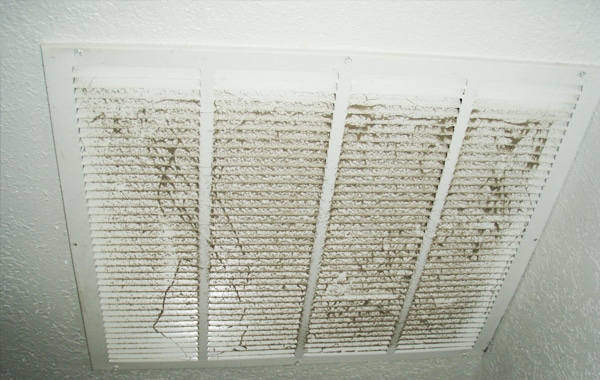
Energy efficiency is a blessing and a curse in the modern world. To keep heat in and keep your furnace from running as often, you seal up drafts. Unfortunately, that additional lack of circulation makes allergens accumulate more.
7. Generally dry air dries out the mucous membranes in the nose and throat, which further exposes you to allergens, as well as common winter diseases. This is also a contributing factor in why you tend to get sicker in the winter than you do in summer.
It all boils down to a few basic facts, though. More allergens in an enclosed space, for more time every day, leads to more exposure and more suffering as your overworked immune system tries to deal with what’s coming in. Rest assured, winter pet allergies don’t just feel worse, they are worse.
The question is, what can you do about it?
Minimizing the Impact of Winter Allergens
The tips below will come in one of two basic categories. The first are cleanliness tips that can apply all year round, to minimize allergens on a daily or weekly basis. The second are tips to keep yourself healthy and your house clean, to minimize the amount of allergens that circulate in winter and to minimize your exposure to them. There’s a lot here, to settle in.
Replace your furnace filter. Many people leave their furnace filters in for months or, in some cases, even years. This is harmful in a few different ways. For one thing, a clogged filter makes your furnace work harder, which increases energy bills and decreases the lifespan of your furnace. For another thing, a clogged filter doesn’t stop allergens. Advice from professionals indicates that you should change your furnace filters about once a month during the heating season. If you’re using high efficiency Filtrete filters, they can be changed around every three months. Change filters more often in households with smokers or numerous pets.
Use face masks when possible. Face masks can reduce the amount of airborne allergens that you breathe within your home, and can help block pet dander and hairs from entering your system.
Use humidifiers to keep moisture in the air. A humidifier vaporizes moisture and keeps it in the air. Not only does moist air tend to feel warmer, it also helps keep you from getting quite as dehydrated as you normally would. However, don’t over-do it! Dust mites and molds thrive in humid environments, so you want to keep your household humidity between 40% and 50%.

Clean your humidifiers to minimize allergens accumulating in them. This tends to apply more to molds than to pet dander, but you should still try to make sure your humidifier is clean before you run it. Follow the instructions for your humidifier and try to make sure you’re using filtered or distilled water.
Consider replacing carpets with hardwood, tile, or other hard floors. Use area rugs instead of carpets. A lot of dust accumulates in corners where it’s hard to clean, but easy to kick up in the air. By replacing carpets with hard flooring, you make it a lot easier to clean. Area rugs, likewise, are much easier to clean and keep clean than carpets, plus you can change them out to change the look of a room much more easily than with carpeting.
If you’re sold on carpets and don’t want wood or tile, you should switch to a low-pile carpet that has a harder time holding in dust and dander. Steam clean them as well, and when you vacuum, try to use a vacuum that has a HEPA filter.
Use air filters to pull particulates out of the air. You don’t have to rely on your furnace filter to do all the work. There are vent filters you can apply to vents and registers, particularly the cold air return vents, to help out. You can also use stand-alone air filters to help remove allergens.
Clean, dust, and vacuum your home regularly. You’re not suffering just from the current allergens coming off your pet; you’re suffering from all of the past allergens that haven’t been removed from the house. The more dust there is in the house, on surfaces, in carpets, in sheets and elsewhere, the more you end up suffering from allergies.
Wash your sheets frequently in hot water to kill dust mites. This kills two birds with one stone, if you have dust allergies as well as pet allergies. Dust mites can live through a cold water wash, so you want to wash with water at least 130 degrees. As for how frequently you should wash your bedding, many experts recommend once every 1-2 weeks.

Switch to hypoallergenic sheets and pillow cases. There are a lot of different products out there, some higher quality than others. Do some research and find some products you’re comfortable with, and care for them properly. You can also get a slip cover for your mattress itself to keep allergens out of the mattress, which is a lot harder to clean than your sheets and blankets.
Clean out your ducts in the fall before you need to use them. Now, a duct cleaning isn’t something you can really do yourself. You’ll have to contract a local HVAC company to do it for you. They’ll essentially bring a truck out that’s a huge vacuum on wheels and will attach it to all of your ductwork.
If you can’t manage to do such a major deep cleaning, you can use a Swiffer on a pole or some other sort of cleaning tool to get as deep inside your ducts as you can. You won’t get everything this way – and you’ll stir up a ton of dust – so be prepared for the first time you turn the furnace on. Ideally, you’ll be able to crank on the furnace and air out the house at the same time, before it gets too cold to do so. Wear a dust mask when you’re doing this to avoid an immediate allergic attack.
Bathe your pets about once every week or so, to clean and minimize allergens. Don’t bathe them too often, though, or you can dry out their skin and coat. In the mean time, keep that brush handy; both you and your pet will appreciate it. Note: it’s questionable just how much effect on allergens regular bathing has, so if your pet is very vocal or violent in its resistance to bathing, you can make it a less regular thing.
Spend some time outdoors to get fresh air when you can. Try to do it on clear days so you can get your sunlight too. Just make sure you don’t spent too much time exposed to the winter sun; people think sunburns are a summer thing, but they can be just as bad in winter, if not worse due to reflections from snow.

Try to wash your hands and face after sessions of pet affection. Any time you spend some time petting, holding, cuddling, snuggling, harassing, playing with, or grooming your pet, go wash. If your allergies are particularly bad, you may want to change your clothing as well.
Consider irrigation with saline to alleviate nasal congestion. Using a saline rinse of the sinuses is a strange sensation at first, but you may grow to love how it clears you up. Just make sure you’re absolutely always using sterile saline and not tap water or something unfiltered; you don’t want to give yourself an infection.
Stay hydrated and healthy by eating fruits and vegetables and drinking plenty of water. The healthier you are, the more your body is able to resist allergens, and the less harsh your reactions will be. Dehydration is a major issue in the winter time, so try to keep a glass of water or a water bottle on hand at all times.
Keep your pets out of the bedrooms of anyone suffering from pet allergies. This can be a hard one, but the more time your pets spend in bedrooms, the more allergens accumulate in those bedrooms. It does you no good to clean out your living room if, every time you sleep, you’re coating yourself in dander.
Keep litter boxes clean, but if possible, have someone without the allergy do the cleaning, because your close exposure can aggravate your symptoms. There are some hypoallergenic cat litters you can use as well. Silica pellet litters work well at absorbing and controlling allergens as long as you clean them often enough, but there are many other options if you like.
If you keep up on cleaning and stay healthy, 90% of the work will be done. The rest are lifestyle changes that can be very difficult or expensive to implement. Pick and choose what you can do, form some good habits, and you’ll be well on your way to a more comfortable winter.

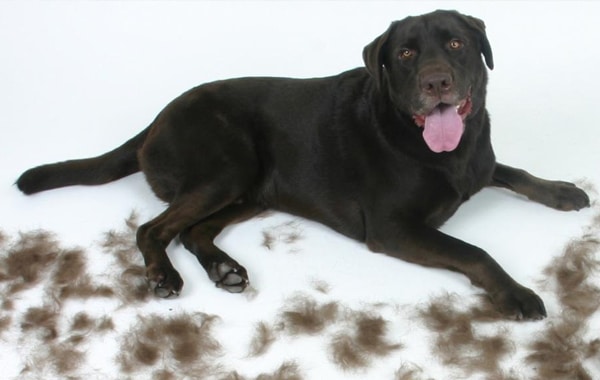
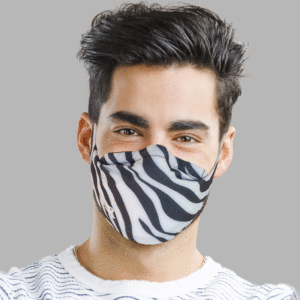

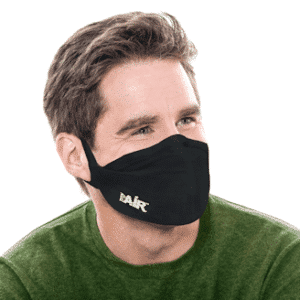
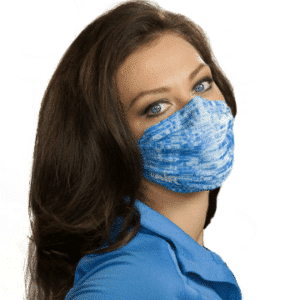
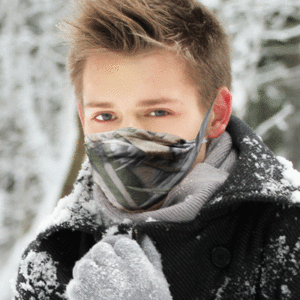



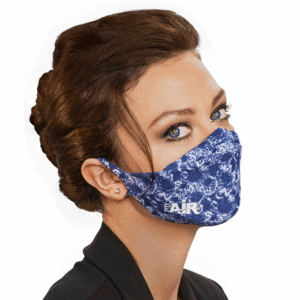



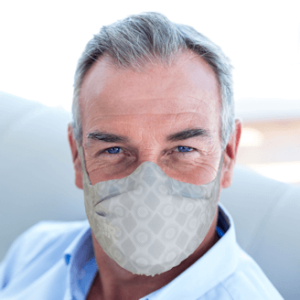

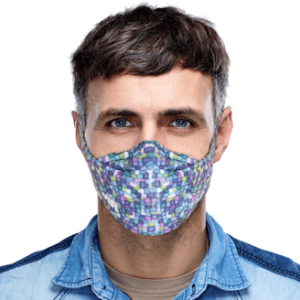

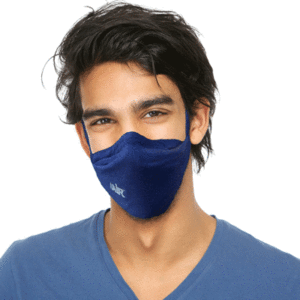
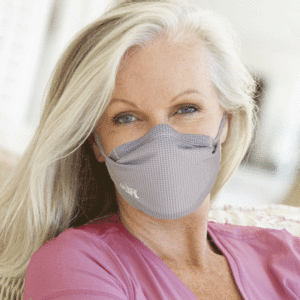
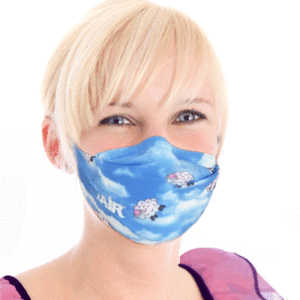
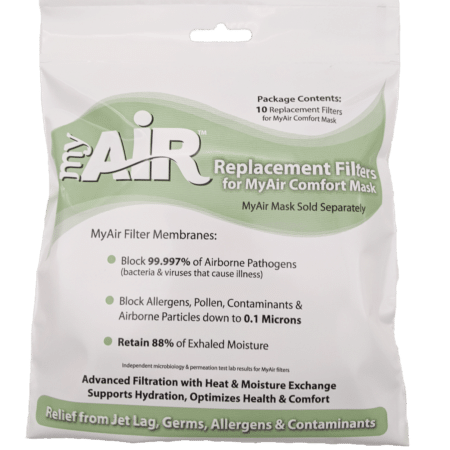
0 Comments